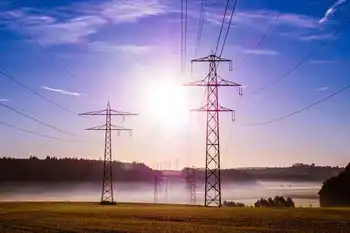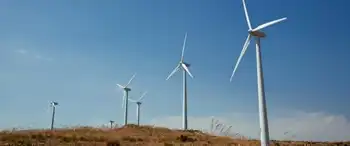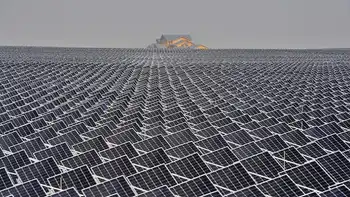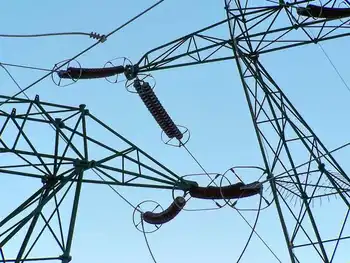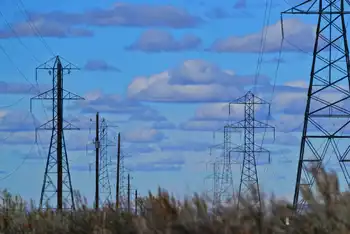Can wind energy survive without tax dollars?
By Dan Deming, Hutchinson News
CSA Z462 Arc Flash Training - Electrical Safety Essentials
Our customized live online or in‑person group training can be delivered to your staff at your location.

- Live Online
- 6 hours Instructor-led
- Group Training Available
We hope the plant soon grows to its promised 400 jobs, exceeds that number and becomes a magnet for other companies to locate here and provide even more jobs.
I was among the fortunate few invited to attend Siemens' impressive opening. We are so blessed to have an exceptional company build one of the most outstanding assembly facilities in Kansas and the Midwest. Those, locally, who worked hard and with a united spirit to make it happen, deserve all the accolades previously given.
My biggest regret is the lack of an open house so that the general public could see and better appreciate what happens along the production line and share the pride of having such an exceptional plant in Hutchinson. I understand safety and production problems of throwing open the door to "everyone" interested but if the average Joe or Jane who helped pay for the plant with their tax subsidies could see what is happening, most would feel better about their forced investment.
That being said, we should perhaps temper our wind energy enthusiasm with some enlightening facts from a recent Wall Street Journal editorial titled "The Wind Subsidy Bubble." Wind and solar energy require at least 20 times more in government subsidies per unit of generated electricity than the average for coal and natural gas, according to a 2007 study by the Energy Information Administration. In the first half of last year, wind power installations dropped by 57 percent and 71 percent from 2008 and 2009 levels, according to the American Wind Energy Association. New wind energy installations have fallen to their lowest levels since 2006.
The coal industry added almost three times more to the nations' electric power capacity in the first nine months of last year than wind energy. "Big Wind," as the wind lobby is called by the Wall Street Journal, received a one-year extension of a $3 billion subsidy in the late December "Bush tax cuts" compromise reached between the president and Congress. This after the 2009 stimulus bill, which I continue to view much more "porkulus" than "stimulating," provided $30 billion in subsidies for "clean energy."
The AWEA had warned that without the federal investment credit being extended, the outlook for wind energy would be "flat line or down" with 80,000 wind energy jobs lost, about a quarter of the industry's claimed total. The federal extension forces taxpayers to pay 30 percent of a renewable energy project's cost. No wonder Siemens got the 258 turbine order and will undoubtedly get more from other companies. It's great news for Hutchinson and Siemens local employment, but are these subsidies the right path for our country when we have a $14 trillion debt?
At the same time, "Big Wind" wants a federal renewable energy standard requiring utilities to buy power from green energy projects regardless of price. State renewable energy standards are being pushed in Kansas and elsewhere, inflating home and business electricity bills. Wind promoters also want the EPA to use regulations, now that cap and trade has failed in Congress, to raise costs on carbon power sources, which is likely to further hike consumer bills.
The stimulus bills' subsidies for renewable energy cost taxpayers about $475,000 for every job generated, according to an energy expert at the Competitive Enterprise Institute. That's at least four times what it costs a non-subsidized private firm to create a job and a lousy return on investment even for government.
Perhaps someday we'll look back and see a shining value of investing billions of tax dollars in this fledgling idea of replacing coal and natural gas, which our country has more of than the Middle East has oil. But I have to wonder if we would be far better off using our precious but-often-taken-by-politicians-as-unlimited taxes to develop clean coal technology, nuclear power and more creative ways of using our vast supplies of natural gas.





